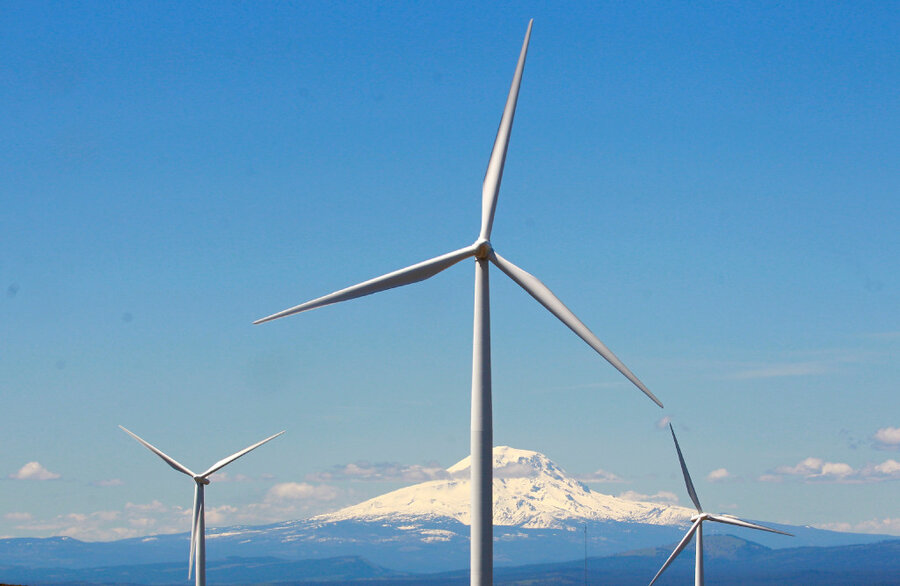Electricity-storage tech facing biggest test yet in California
Loading...
From the perspective of both renewable-energy advocates and electric utilities, grid-scale energy storage offers many potential benefits.
By storing energy in battery packs for later use, energy storage can make intermittent renewable sources like solar and wind into more reliable forms of power.
It also helps utilities "balance" the grid by absorbing excess energy during periods of low demand, and releasing it during periods of peak demand.
Yet energy storage has not been tested on a large scale by U.S. utilities.
Until now, that is.
California now has three completed energy-storage sites, constituting the biggest test yet for the technology, notes The New York Times (subscription required).
The state passed an energy-storage mandate, but development did not pick up until a massive 2015 gas leak in Aliso Canyon, a large-scale environmental disaster that also cut off fuel to local power plants.
The leak started at a Southern California Gas Co. storage facility in October 2015, and lasted several months.
In that time, it released greenhouse-gas emissions equivalent to the annual emissions of 1.7 million cars.
Infrastructure company AES built an energy-storage array for utility San Diego Gas & Electric (SDG&E) in Escondido, California, about 30 miles from San Diego.
Billed as the largest installation of its kind in the world, it uses lithium-ion batteries from Samsung, and reportedly has enough capacity to power about 20,000 homes for four hours.
AES is also installing a smaller energy-storage array for SDG&E in El Cajon, which is also near San Diego.
Tesla also recently completed an array for Southern California Edison near Chino, California.
Energy storage is often talked about in the context of renewable energy, because it allows power to be available when the sun is not shining, or the wind is not blowing.
But it can also benefit utilities by putting a more consistent load on generating resources, in turn putting less stress on the grid.
Energy-storage battery packs can be charged during periods of low demand, and discharged when demand increases.
In California, it is hoped that energy storage will lessen dependence on natural-gas "peaker" plants, which are typically used to meet sudden demand spikes because they can start up and shut down quickly.
But the "peaker" plants are expensive to operate, and produce greenhouse-gas emissions.
Despite the benefits to utilities, and California legislation encouraging use of renewable energy and requiring utilities to add energy-storage systems, real activity did not pick up until after the Aliso Canyon gas leak.
The site of that leak may reopen, following a review by safety regulators, reports UPI.
The California Division of Oil, Gas, and Geothermal Resources said this week that public hearings would be held in February regarding a possible reopening.
Meanwhile, AES—the company installing the two SDG&E energy-storage arrays—has an agreement with Southern California Edison to build an array in Long Beach, with a projected completion date of 2020.
This story originally appeared on GreenCarReports.







